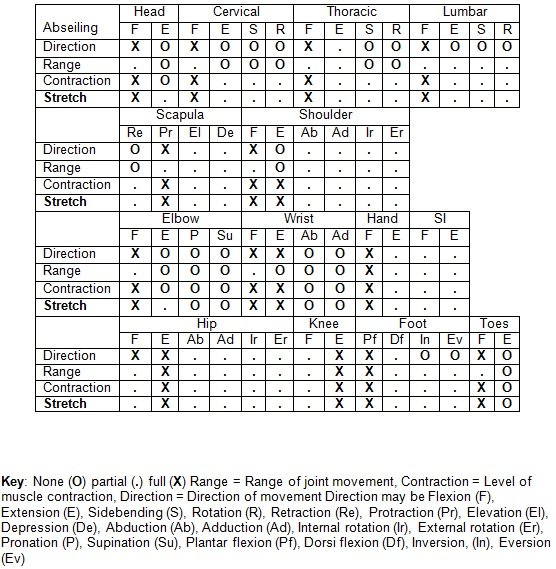Climbing
Climbing is a physical activity requiring great strength and agility. It involves the use of one’s limbs to ascend any steep object, natural or manmade. It may be done competitively, recreationally, professionally or as part of an emergency rescue or military exercise. Types of climbing considered here include indoor climbing such as an artificial wall in a climbing gym, rock climbing or mountaineering, net climbing, industrial climbing and tree climbing.
Climbing mainly involves upper limb muscles such as pectoralis major and latissimus dorsi and lower limb muscles such as gluteus maximus. It requires strength and flexibility throughout the whole body. Specifically climbing involves head extension, cervical extension, ….
Abseiling
Abseiling is the controlled descent down a rock face using a rope. Abseiling mainly involves the lower limb muscles When waking down the rock face or pushing off and returning to the rock face there is strong contraction of hip and knee extensor muscles such as gluteus maximus and the quadriceps, ankle plantar flexor muscles such as gastrocnemius and soleus and toe flexor muscles. Shoulder, elbow, wrist and finger muscles are involved in controlling the rope.
During abseiling the body remains straight and is leaning backwards in an almost horizontal position. The anterior muscles of the body have to work against gravity with a sustained isometric contraction. For example the muscles of the anterior cervical spine contract against gravity to maintain the head in the same plane as the rest of body. In addition to head and neck flexion abseiling also requires active thoracic, lumbar and hip flexion.

Weekly stretching program for abseiling




